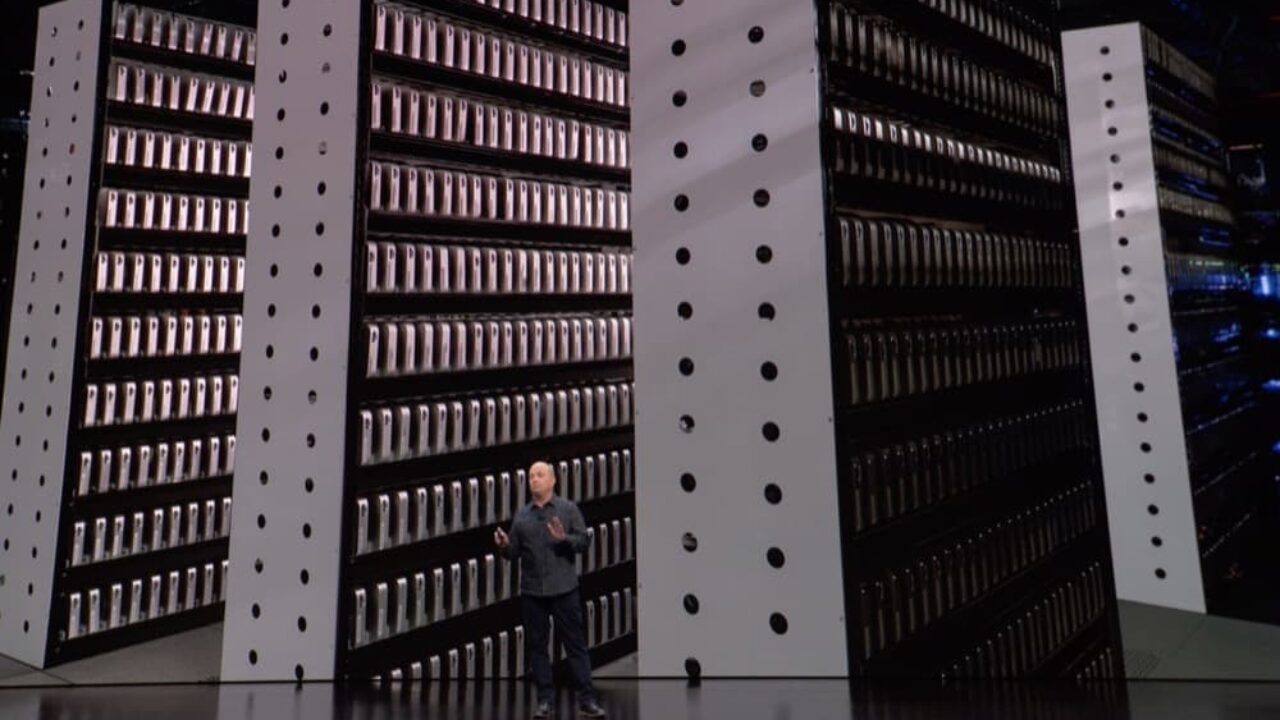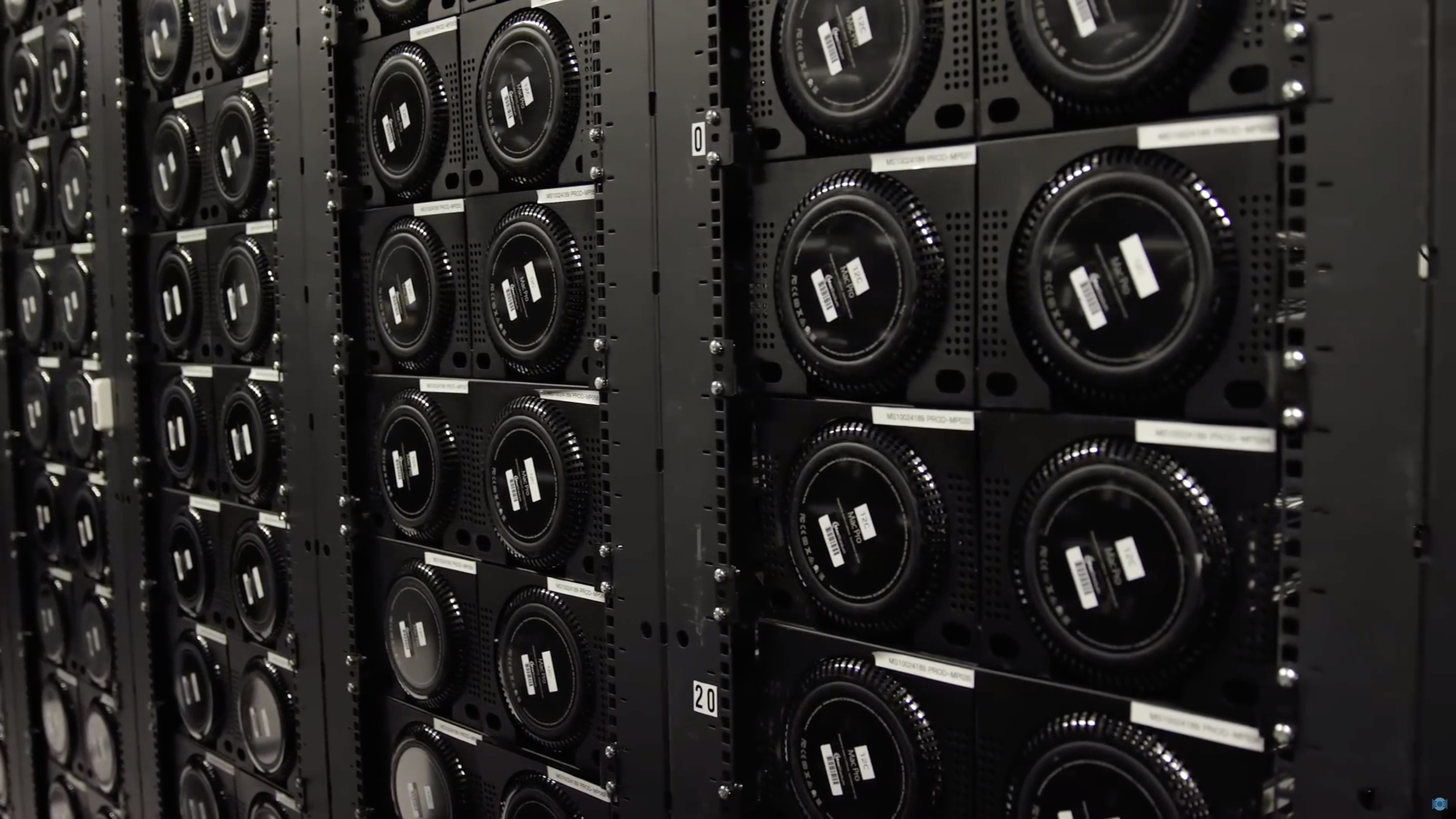


- #How to use a mac mini as a server how to
- #How to use a mac mini as a server movie
- #How to use a mac mini as a server install
- #How to use a mac mini as a server full
Open up “Macintosh HD” (or whatever you call your hard drive icon thingy on the desktop) and then open /Library/QuickTime. Just like with Perian, you will have to mount the DMG and then do a little leg-work to make things happen. First, download the Xdiv DMG from this link. Xvid in QuickTime is a little less ostentatiously supported than the DivX codec, however, it’s probably a little easier to deal with. However, the decoder should still work and this will allow you to play DivX files from within QuickTime more or less indefinitely. This means that you won’t be able to encode DivX content after six months.


As you may have guessed from the site, you only received a trial version of the pro codec. When it’s finished, you will have to restart and it should have completed the installation for you (no drag-and-drop necessary). This is one of those unusual Mac applications which requires a stern bout with an installer, a license agreement, and a System Preferences add-on. To gain QuickTime support (and hence, FrontRow) for DivX, we must download the DivX free codec from here. More and more high-dev encoders are moving to H.264, because of its superior quality and compression ratio, but a lot of things are still on the proprietary codec, DivX. (note, if you installed Perian at this point and now have decided not to use it, you must navigate to the /Library/QuickTime and remove the ponent file, otherwise replacement codecs will be screwed up) So, as nice as just using Perian would be, quality lovers will have to forego the convenience. I didn’t have these problems with the same file and the actual third-party codecs. The motion appeared as if it was encoded progressive (with the actual “objects” on screen broken into horizontal lines), when the files had actually been deinterlaced in the encoding process. I experienced problems in frames with high motion. The problem is that Perian provides somewhat sub-par quality compared to getting the codecs direct from the source. Perian is quite nice because everything “just works” right out of the box (or brick, in this case). (if you get confused somewhere in those instructions, you can peruse the extensive, one and a half page README included in the DMG). Log out, then log back in and Perian should be installed. Then drag the LEGO brick file named “ponent” to the alias labeled “QuickTime”.
#How to use a mac mini as a server install
To install Perian, first download and mount the DMG.
#How to use a mac mini as a server full
A full list of the encodings supported by Perian is available at this page. Perian is open-source and can be downloaded here. With Perian installed, you should be able to play everything from DivX/AC3 to FLV to VBR/MP3. Perian is (self-described as) the Swiss Army knife of codecs. Now the easiest solution (by far) is to just install the Perian codec. The solution is to run through and install the third-party codecs required to make all of this work. But it would be so much more convenient if you could simply play arbitrary video files in FrontRow. You could just re-encode all of these files H.264 using a tool like FFmpegX. Also, if you’re extremely unlucky you may have a few old WMV-encoded files which you would like to play. However, a lot of video files are still encoded using DivX or Xvid. I’m not going to try to list them here, but the really big and common ones are H.264 and MPEG-4.
#How to use a mac mini as a server movie
Out of the box, QuickTime (the backend for FrontRow’s movie playing capabilities) only supports a few video formats. So, rather than launch into some fascinating list of iptables rules and Apple alias quirks, let’s look at third-party codecs. However, one of the comments on the first article got my attention and it occurred to me that I didn’t really cover alternate video codecs at all.
#How to use a mac mini as a server how to
In this next article in the series, I had been planning on going into detail on how to store your media files on a remote NFS share. In the first part, I ran through the basics on how to connect and configure your Mac Mini as the heart of your entertainment center.


 0 kommentar(er)
0 kommentar(er)
